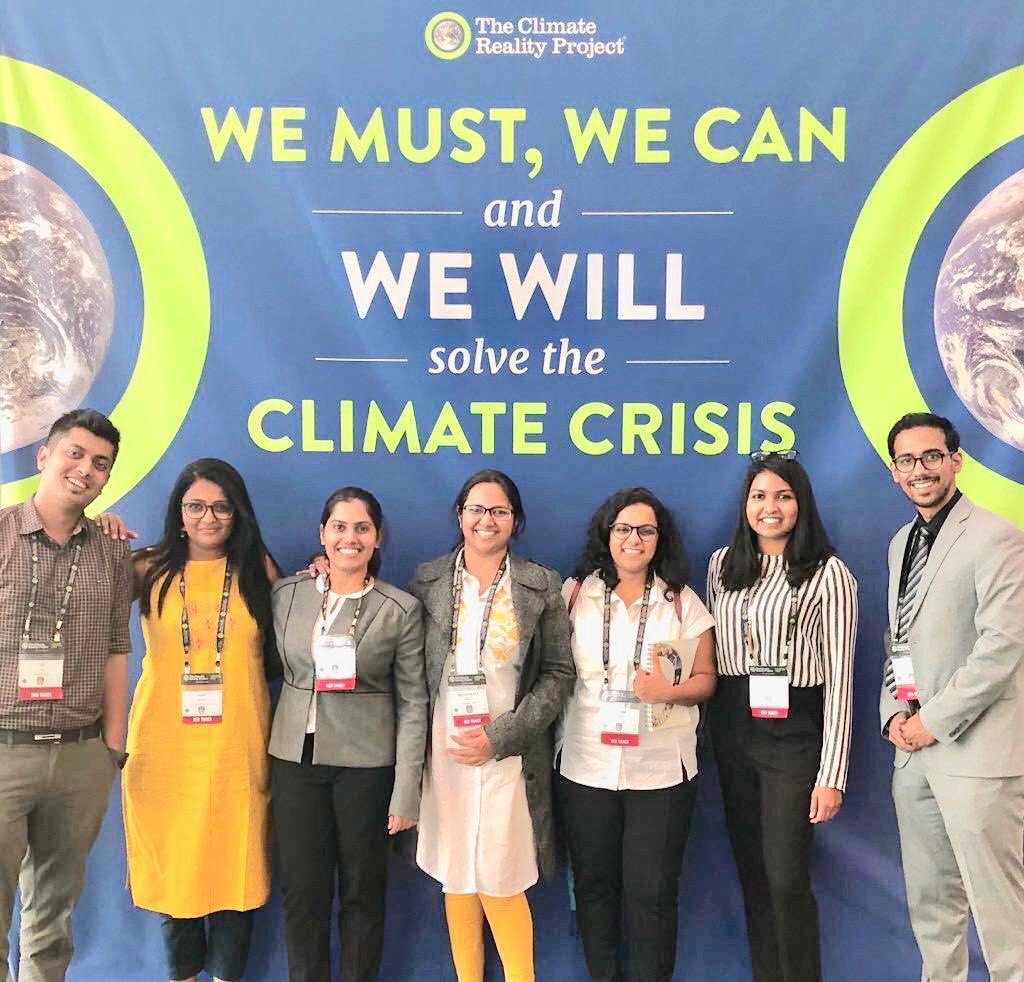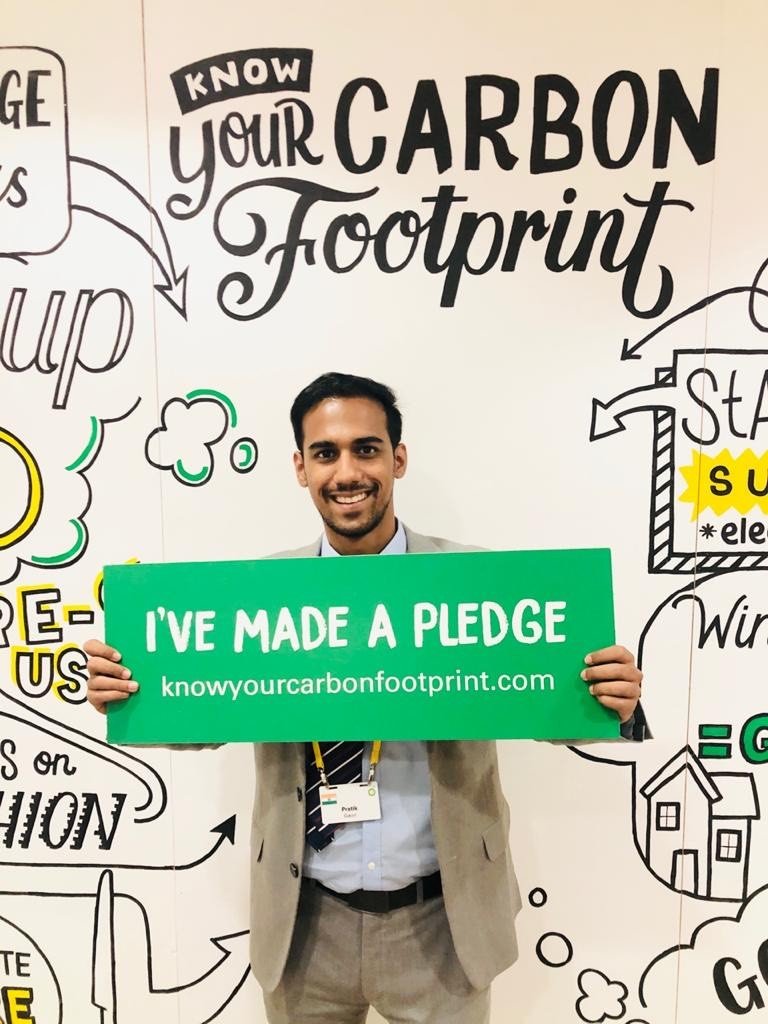
Clean Future is fortunate to have Pratik Gauri, Partner & India CEO – 5th Element Group who has also been recognized as a Greenbiz 30 Under 30, BP Scholar, WEF Global Shaper, an Ambassador at One Young World and a Climate Leader trained by US Vice President Al Gore. He is sharing his views on the “Impact Of Coronavirus pandemic on renewable industry”
How in your opinion, was the ‘Renewable Industry’ doing prior to Coronavirus outbreak, both Globally and Locally?
Prior to the outbreak, there is no doubt that renewable energy (RE) was being noticed and was being adopted in a big way. There was a time when governments and people used to say that RE is the future, well the future is NOW.
Globally speaking, China has been championing RE so are the South American countries like Chile (using solar energy), Brazil (wind energy) etc.
India too has taken some major steps in implementing the RE. By 2027, India is aiming a target of 57% of the total electricity production capacity by renewable energy.
In the quarter ending September 2019, India’s total renewable electricity capacity (including large hydro) was 130.68 GW. This represents 35.7% of the total installed electricity generation capacity in the country, which is around 366 GW.
India is now at 5TH POSITION globally for overall installed renewable energy capacity. Solar power tariff too has plummet by more than 75% thus facilitating wider acceptance.
Post Coronavirus pandemic what are the immediate challenges that you foresee?
Post pandemic the immediate challenges will be keeping the businesses afloat. While, big MNCs, might just sail through the phase, small businesses will crumble.
The proliferation of RE will be much limited and would fall last in priority list, supply chain would need time to realign which would add to cost of the projects in near future.
I think, governments, foundations, and philanthropists should come to the rescue. We’ll need more OMNIWINS between Corporates / Impact Investors / Governments / Social Entrepreneurs to take us through.
Will invoking “Force Majeure” clause and declaring of RE as “ Essential Services” really help the industry in India?
Just invoking “Force Majeure” will not be enough ; the government will have to help the manufacturers reach a better price point so that the market acceptance and adoption is better.
COVID outbreak has a positive side to it too as the environment is bouncing back. The AQI levels are better, we have cleaner air (even in the most polluted areas), marine and wildlife are blooming.
Do you feel the removal of “Upper Ceiling Tariff ” will increase industry participation in tenders?
Definitely, it will. Let me cite an example – on February 7, 2020, the government of India decided to remove Upper Ceiling Tariffs from wind tenders in a bid to increase participation. A leading developer in the industry welcomed the idea and said that it will increase participation because the ceiling tariffs have been unviable so far.
Often we hear nowadays that RE is not a profitable business, yet baring a few recent tenders we see over-subscriptions, Why?
As I have discussed above, one of the main issues is Upper Ceiling Tariffs. If these tariffs are removed, more PPPs will follow and there would a better utilization of resources.
Apart from removing the Upper Ceiling Tariffs, the government should also subsidize some aspects of manufacturing and ensure that this is passed on to end customer thus enhancing the penetration of renewable in Tier 2 and 3 cities too.
What kind of support / measures you expect from Government for the RE industry during this crisis?
Government of India is very proactive with its approach towards RE amidst the COVID 19 crisis. Several steps have been taken by the government like treating this pandemic as a ‘force majeure’ event, granting more time for completion of projects without penalty, ensuring ‘must-run status of renewable energy projects and also asking discoms to make timely payments.
Apart from the above I feel government should subsidize the raw materials so that Indian vendors can deliver the project atleast at break even. Lending rates should also be reduced. For example, China’s lending rate for RE projects like solar business is 3-5%, while in India it is at 10-12%.
This is a “Clean-Future” Exclusive










